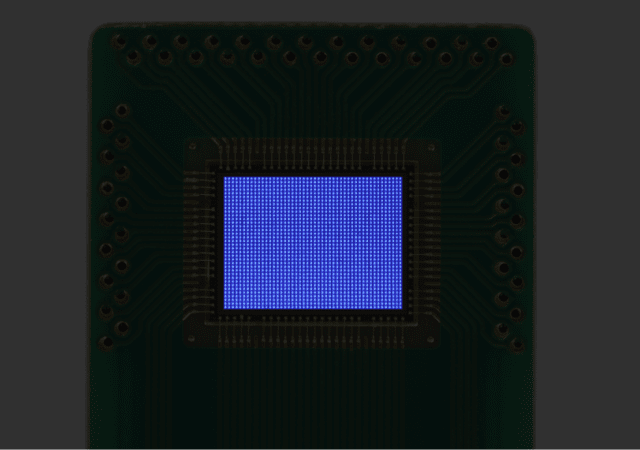Today, Intel recognizes 37 suppliers for their exceptional commitment to quality and performance in 2019. These suppliers have collaborated with Intel to implement innovative process improvements and operate with the highest level of integrity while providing superior products and services.
A Filter For Cleaner Qubits
Researchers at the Tokyo Medical and Dental University (TMDU), RIKEN, and the University of Tokyo propose an improved method for isolating the qubits in a quantum computer from the external environment, which may help usher in the era of practical quantum computing.
Samsung Adopts Synopsys’ Machine Learning-Driven IC Compiler II for its Next-Generation 5nm Mobile SoC Design
Synopsys, Inc. (Nasdaq: SNPS) today announced that Samsung has adopted the industry-leading IC Compiler™ II place-and-route solution, part of the Synopsys Fusion Design Platform™, for its next-generation 5nm mobile system-on-chip (SoC) production design. In order to meet the aggressive design goals of this complex SoC, Samsung employed IC Compiler II’s cutting-edge machine learning technologies resulting in significant QoR and productivity boosts of up to five percent higher frequency, five percent lower leakage power and faster TAT.
York University Researchers One Step Closer to Creating Organic Batteries
York University researchers have discovered a way to make Lithium-powered batteries more environmentally friendly while retaining performance, stability and storage capacity. Using organic materials are the way forward and that has scientists like Professor Thomas Baumgartner of the Faculty of Science and his team busy developing and testing new molecules to find the right ones to replace the rare metals currently in use.
ZEISS Semiconductor Mask Solutions Receives Intel’s Preferred Quality Supplier Award
ZEISS Semiconductor Mask Solutions has been recognized by Intel as a recipient of a 2019 Preferred Quality Supplier (PQS) Award. The PQS Award recognizes companies like ZEISS that Intel believes have relentlessly pursued excellence and conducted business with resolute professionalism.
Plessey Extends its Data-Vµ MicroLED Product Family with a Passive Matrix Micro-Display
Plessey, an embedded technologies developer at the forefront of microLED technology for augmented and mixed reality (AR/MR) display applications, has added passive matrix microLED displays to its Data-Vµ product family.
A Small Step for Atoms, a Giant Leap for Microelectronics
Step by step, scientists are figuring out new ways to extend Moore’s Law. The latest reveals a path toward integrated circuits with two-dimensional transistors. A Rice University scientist and his collaborators in Taiwan and China reported in Nature today that they have successfully grown atom-thick sheets of hexagonal boron nitride (hBN) as two-inch diameter crystals across a wafer.
Samsung Executive Joins Si2 Board of Directors
Jung Yun Choi, corporate vice president for the Samsung Electronics Design Technology team, has been elected to the Silicon Integration Initiative board of directors. A 17-year Samsung veteran, Choi leads the team responsible for developing all design tools and methodologies for Samsung memory products: technologies and environments impacting product values, new process and package technologies, new applications and new working environments such as the Cloud.
SK Siltron Completes Acquisition of U.S. DuPont’s SiC Wafer Division
SK Siltron, a global maker of semiconductor wafers, announced today it has completed the acquisition of DuPont’s Silicon Carbide Wafer (SiC Wafer) unit. The acquisition was decided through a board meeting in September and closed on February 29.
Integra Technologies Enhances Test Services with Presto Engineering Partnership
Integra Technologies, a global provider of semiconductor services for high reliability applications, announced today a partnership with Presto Engineering’s, San Jose, Calif.-based hub, a provider of test and qualification services to the radiofrequency (RF) market in the U.S. Integra and Presto Engineering have entered into an agreement whereby Presto will consign its existing RF test equipment set, located in its San Jose, Calif. facility, to Integra Technology’s Milpitas, Calif. location.
